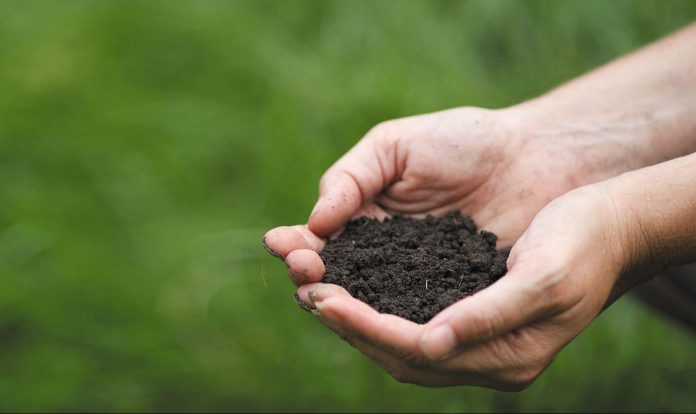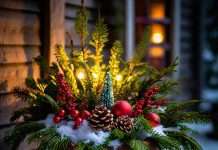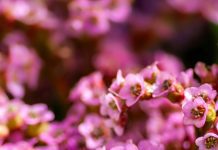Whether you have acres, a lot, or a balcony with pots, you should be interested in soil. If you grow your garden in pots, you will probably buy new potting mix from the nursery. It is a combination of many things such as compost, vermiculite, perlite, and peat moss, often containing no soil at all. Add some fertilizer and you are good to go.
Suppose, however, you are creating a brand-new flower or vegetable bed in your yard. If you live in a new house, the builder will have left you with little useful material after scraping off the original soil before construction. In most cases, only a little soil was returned before the sod went on. In some parts of Canada, they have lovely loam that goes down for several feet, but here in the chinook belt we have only a few inches to work with.
Topsoil (loam) contains sand, clay, silt and humus in varying combinations. Sometimes it is perfectly good for garden use, but usually you need to supplement it with more nutritious stuff. Calgary soil can be challenging because it has a high percentage of clay. We have several companies who sell bulk or bagged product that can be mixed in with the soil you have, or used entirely in the new bed. Choose a good quality “garden mix” as it will have the proper blend of nitrogen, phosphorus, potassium and organic matter for your plants. The new bed should be at least 6 inches deep, as the plants’ roots need space to grow. If you plant new trees or shrubs, dig holes much deeper than that because the roots need to be strong and well established before they tackle the clay beneath.
Older gardens still need regular help, and compost is our friend. You can make it yourself by using kitchen vegetable and fruit peels, lawn clippings, and tree leaves (no animal matter). Water and patience are the only other ingredients. If you don’t have room or energy to make your own, you can buy it from the same companies who sell garden materials. It comes in little bags, big bags, and by the yard delivered by truck. Every year or two, new compost should be added on top of the old soil. There is no need to dig it in; snow and rain will send the nutrients down to the root systems naturally. If you have a source of farm manure, this can be a powerful additive, but only if it has been well aged; too fresh and it will burn your plants. Other organic amendments such as Sea Soil are effective in modifying the soil structure and improving fertility. If a luscious lawn is your thing, aerating and top dressing with compost from time to time will be of benefit.
The last ingredient for a beautiful garden is water, and fickle Mother Nature will supply too much, too little, or just enough. When she gives us weeks of sunshine, we need to water, of course. Our rivers flow from the mountains; our water is alkaline. Add to this the chemicals the city adds to the water in its treatment to keep us safe, and what comes from our taps is not perfect for growing plants. The easiest thing to do is have water barrels collecting rain water from your downspouts. The next is to let tap water sit in containers for a few hours or a day, coming to ambient temperature, and evaporating off the chemicals before use. (I do this all year round for my indoor plants.) So, amend your soil, fertilize regularly, and water as necessary for a beautiful and colourful garden.










